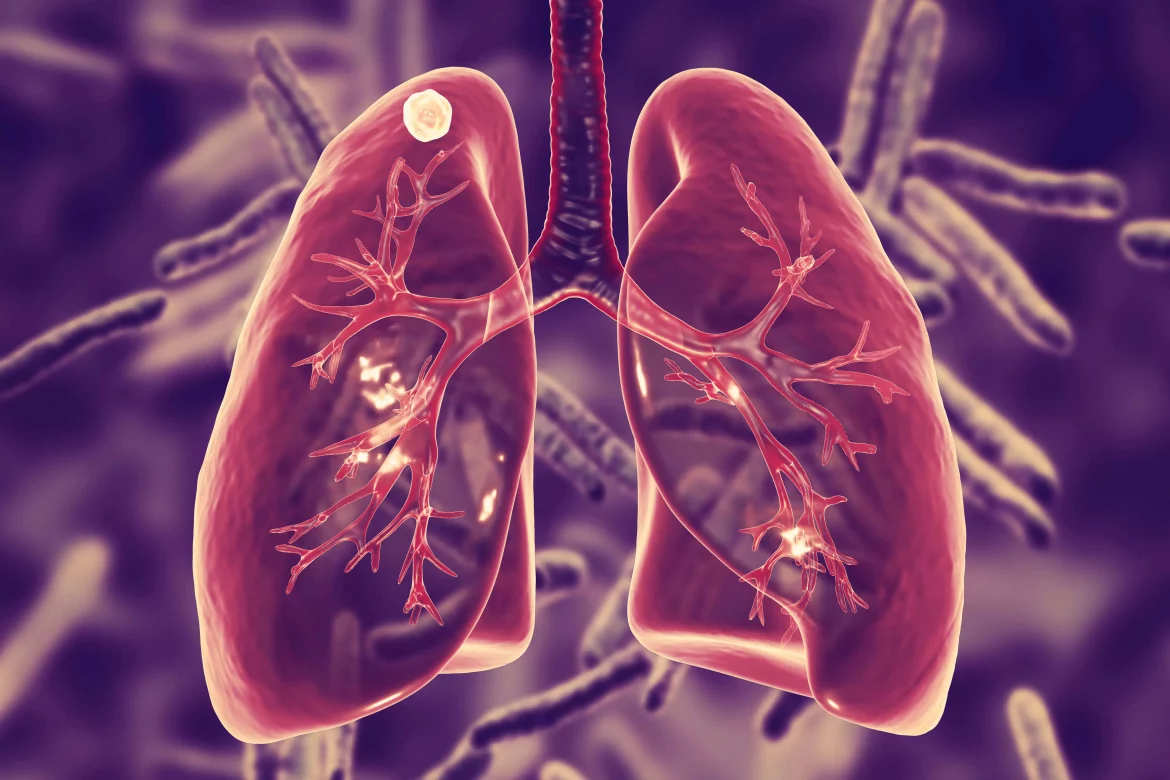Mycobacterium tuberculosis is still responsible for the world’s biggest infectious illness, TB, which affects around 25% of the world’s population. Drug-resistant strains have made infections difficult to cure, but University of Oklahoma professor Helen Zgurskaya is leading research into new, possibly beneficial treatment approaches to the illness.
The study’s findings were published in the Proceedings of the National Academy of Sciences. The research looked into how recently identified novel inhibitors destroy the disease. The corresponding author of the publication “Proton transfer activity of the reconstituted MmpL3 is controlled by substrate mimics and inhibitors” is Zgurskaya, a George Lynn Cross Research Professor in the Department of Chemistry and Biochemistry in the Dodge Family College of Arts and Sciences.
“This is one of the scariest infectious diseases affecting billions of people worldwide,” said Zgurskaya. “Like many other bacterial infections, it is becoming more resistant to antibiotics. Currently, the treatment requires a combination of antibiotics taken by patients for six months, but now imagine that the disease does not respond to the treatment. We are out of therapeutic options for this infection, and we need new drugs.”
Casey Stevens, Ph.D., postdoctoral research associate Svitlana Babii, and research assistant professor Jitender Mehla led the study of the MmpL3 transporter and its analogues, which are crucial in the physiology of Mycobacterium TB and antimycobacterial drug development. These transporters are essential for the formation of the bacterial outer membrane, which is required for bacterial growth and drug resistance. Researchers effectively isolated and reconstituted MmpL3 and its analogues into artificial membranes in this investigation. They also created a set of substrate mimics and inhibitors that are particular to these transporters and studied their activities and characteristics.
Researchers discovered that all reconstituted proteins promote proton translocation across membranes, however MmpL3 analogues varied significantly in their reactions to pH and interactions with substrate mimics and indole-2-carboxamide inhibitors.





